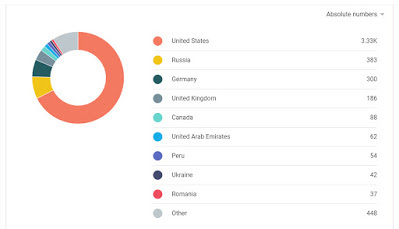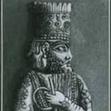Thomas Yaeger's Blog, page 2
April 19, 2021
Plato and the Transcendental Infinite
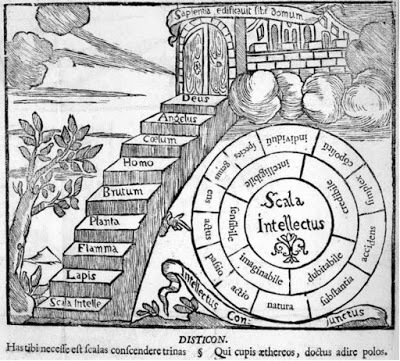
April 18, 2021
Adrian Moore on Georg Cantor and the Size of Infinity
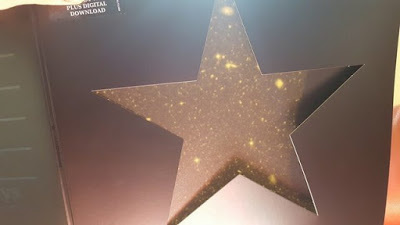
The sixth episode of Adrian Moore’s radio ‘A History of the Infinite’ is concerned with the infinitely big, considered not in terms of physical size, but in the context of mathematics. It focuses on the work of the German mathematician, Georg Cantor, who devised a way of distinguishing between different infinite sizes, and of calculating with infinite numbers. Cantor was the first to do such a thing. One of the most interesting developments in modern mathematics, and as Moore says, his work w...
March 5, 2021
Feed your Head: Free ebooks from Smashwords
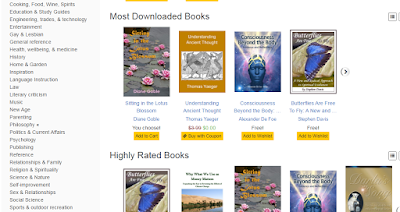
Sale now on!
All of my books are free from Smashwords during ‘read an ebook week’ 2021, which runs from 12:01 am Pacific on Saturday, March 7 and expires 11:59pm on Saturday, March 13, 2021. Accessible via my Smashwords profile page at: https://www.smashwords.com/profile/view/tpyaeger
Details of my books can be found at:
The Roots of Philosophy: Six Books by Thomas Yaeger. An alternative history of human thought. #History #Philosophy #Transcendentalism #Religion #Theology #Esotericism #Anthropolo...
Free ebooks from Smashwords
All of my books will be free from Smashwords during ‘read an ebook week’ 2021, which runs from 12:01 am Pacific on Saturday, March 7 and expires 11:59pm on Saturday, March 13, 2021. Accessible via my Smashwords profile page at: https://www.smashwords.com/profile/view/tpyaeger
Details of my books can be found at:
The Roots of Philosophy: Six Books by Thomas Yaeger. An alternative history of human thought. #History #Philosophy #Transcendentalism #Religion #Theology #Esotericism #Anthropology #Gree...
March 2, 2021
The 'Hill of Many Stanes'
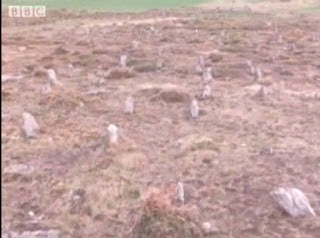
[An extract from a conversation with a correspondent in the US, from May and June, 2020, shortly after 'The Mathematics of the Megalithic Yard' was completed.]
On Monday, June 1, 2020, 09:31:47 AM PDT, Thomas Yaeger [....] wrote:
[....], hi. Thanks for your mail. I'm going to respond to it in separate mails, since there is a lot to say. Interleaved, as usual (bad academic habit!)
At 06:03 29/05/2020, [....] wrote:
Hi Thomas,
Sorry I haven't responded sooner. I've been working on a response to y...
February 5, 2021
The Ontological Argument
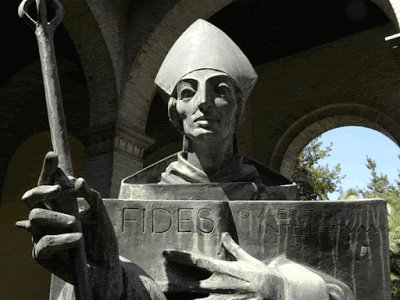
[I've collected together all the chapters in The Sacred History of Being concerning the ontological argument. Most of what you need to know about the argument can be found here. It is still current among scholars, though it has many features which are problematic - these are discussed here at length. I've taken the opportunity to correct a typo which appeared in the published version. TY].
What is an ontological argument? In the introduction to Alvin Plantinga’s The Ontological Argument,...
February 4, 2021
The Paradoxical Nature of Reality
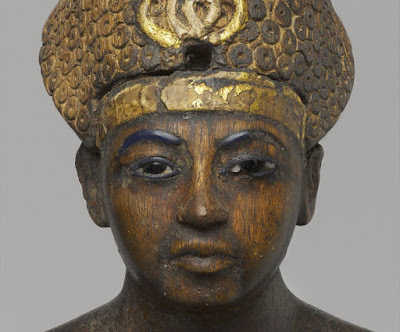
[This is the postscript to The Sacred History of Being, first published in November 2015. It makes the case that we live in a reality which has two states, and that moving between these states has been a major preoccupation of ancient civilizations. The statue is of Amenhotep III, who was the father of Amenhotep IV, who later changed his name to Akhenaten]
The argument of this book is complex and necessarily discursive, since its purpose is to uncover an ancient implex of ideas which wa...
January 1, 2021
Ontology and Representation in Assyria and the Ancient Near East
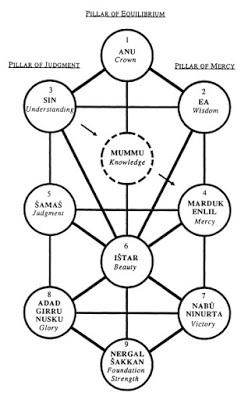 fig.1.
fig.1. This paper examines the ontology current in royal and priestly circles in ancient Assyria and in related cultures, with particular reference to the period from the 13thto the 7th century B.C.E. It draws on work by Simo Parpola, who has shown important parallels between medieval Jewish mysticism and the culture of ancient Assyria. In particular, parallels between the Sefiroth of medieval Jewish mysticism and the Assyrian Sacred Tree suggest that the former is descended from the ...
December 31, 2020
Ontology and Representation in Assyria and the ANE (abstract)
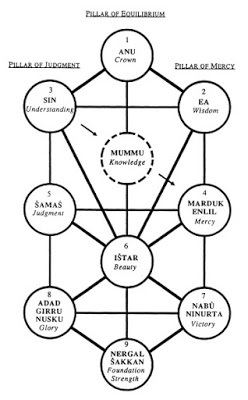
Draft v.02, 16 August 2005.
This so far unpublished paper examines the ontology current in royal and priestly circles in ancient Assyria and in related cultures, with particular reference to the period from the 13th to the 7th century B.C.E. It draws on work by Simo Parpola, who has shown important parallels between medieval Jewish mysticism and the culture of ancient Assyria. In particular, parallels between the Sefiroth of medieval Jewish mysticism and the Assyrian Sacred Tree suggest ...

